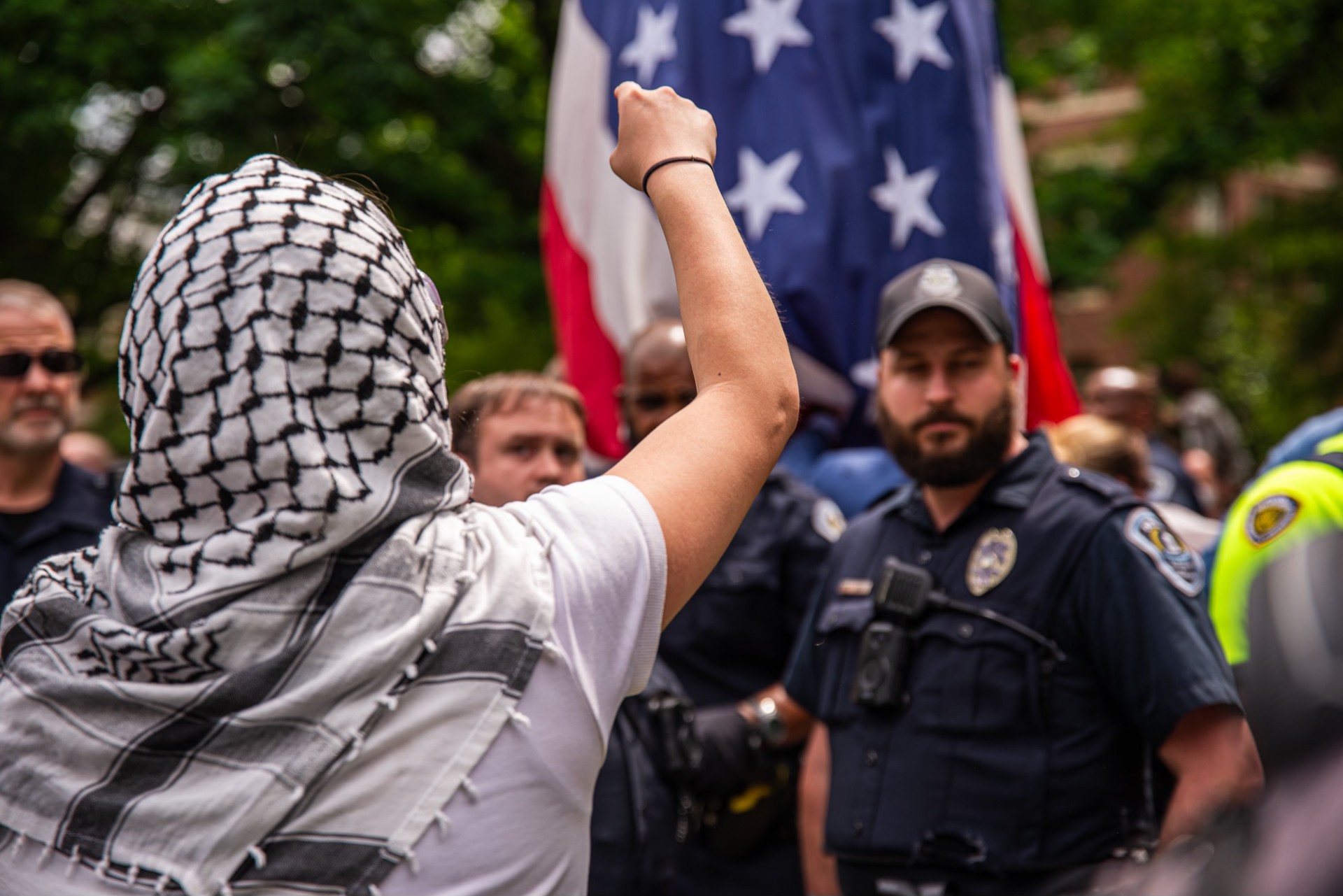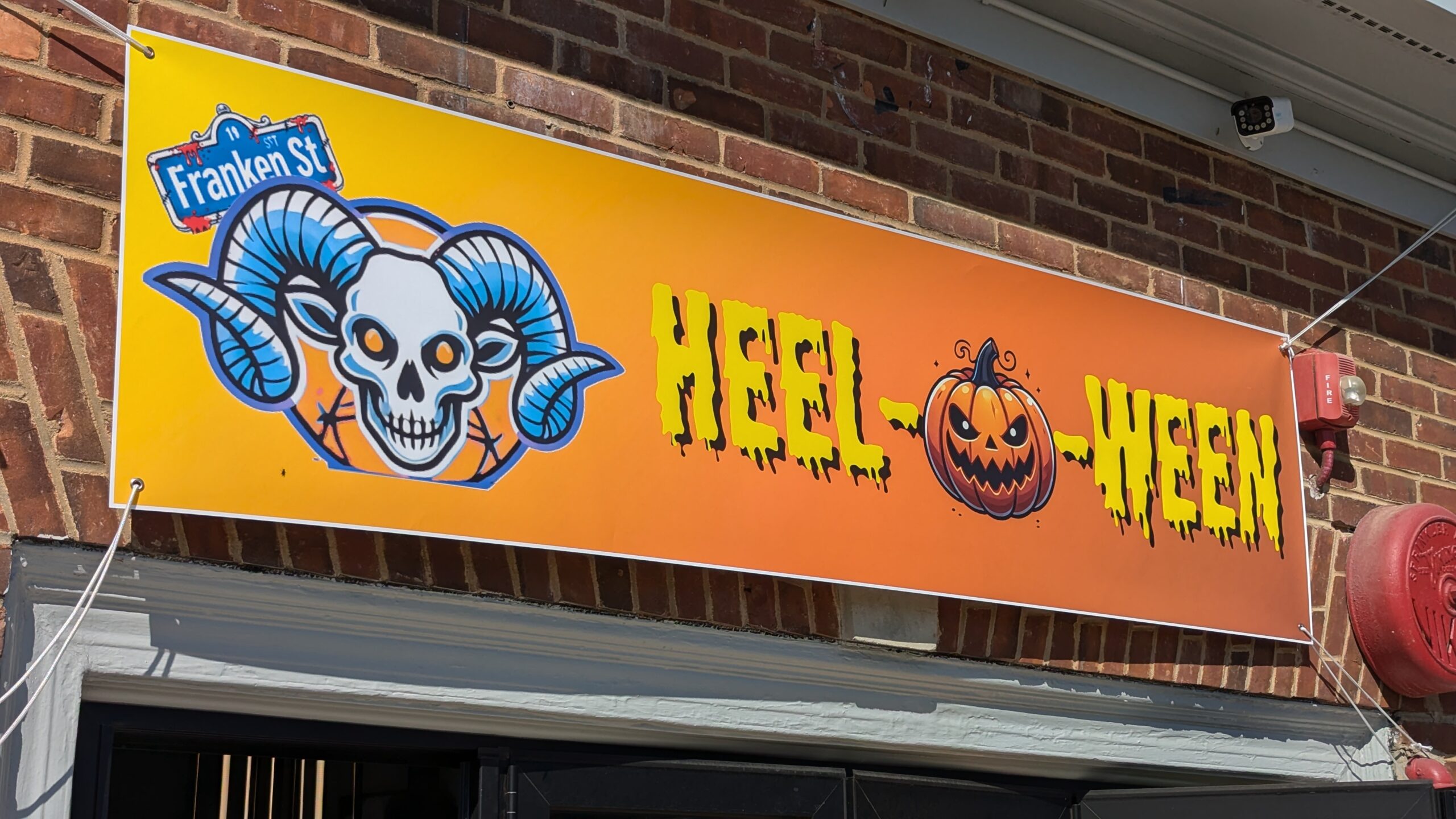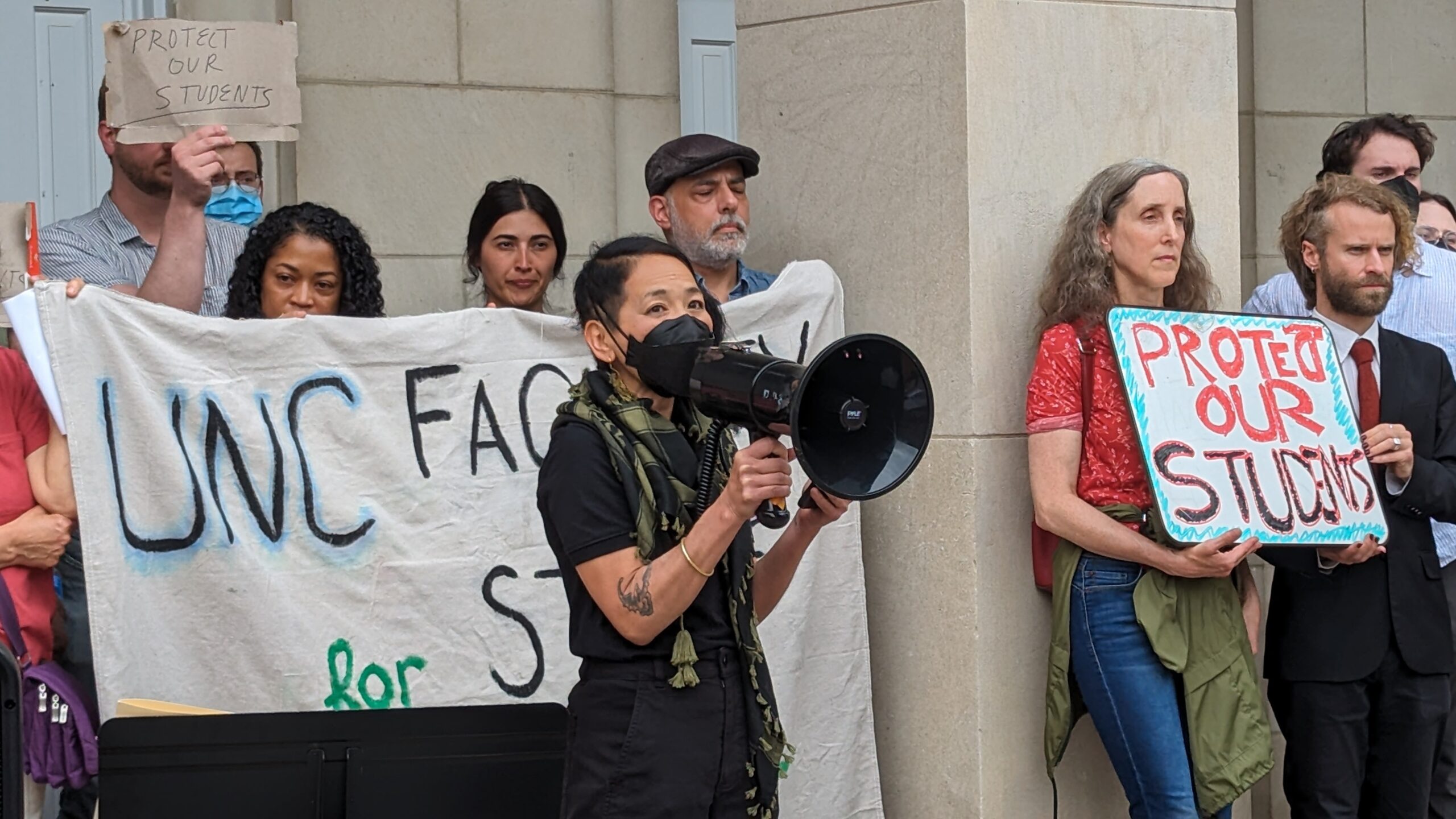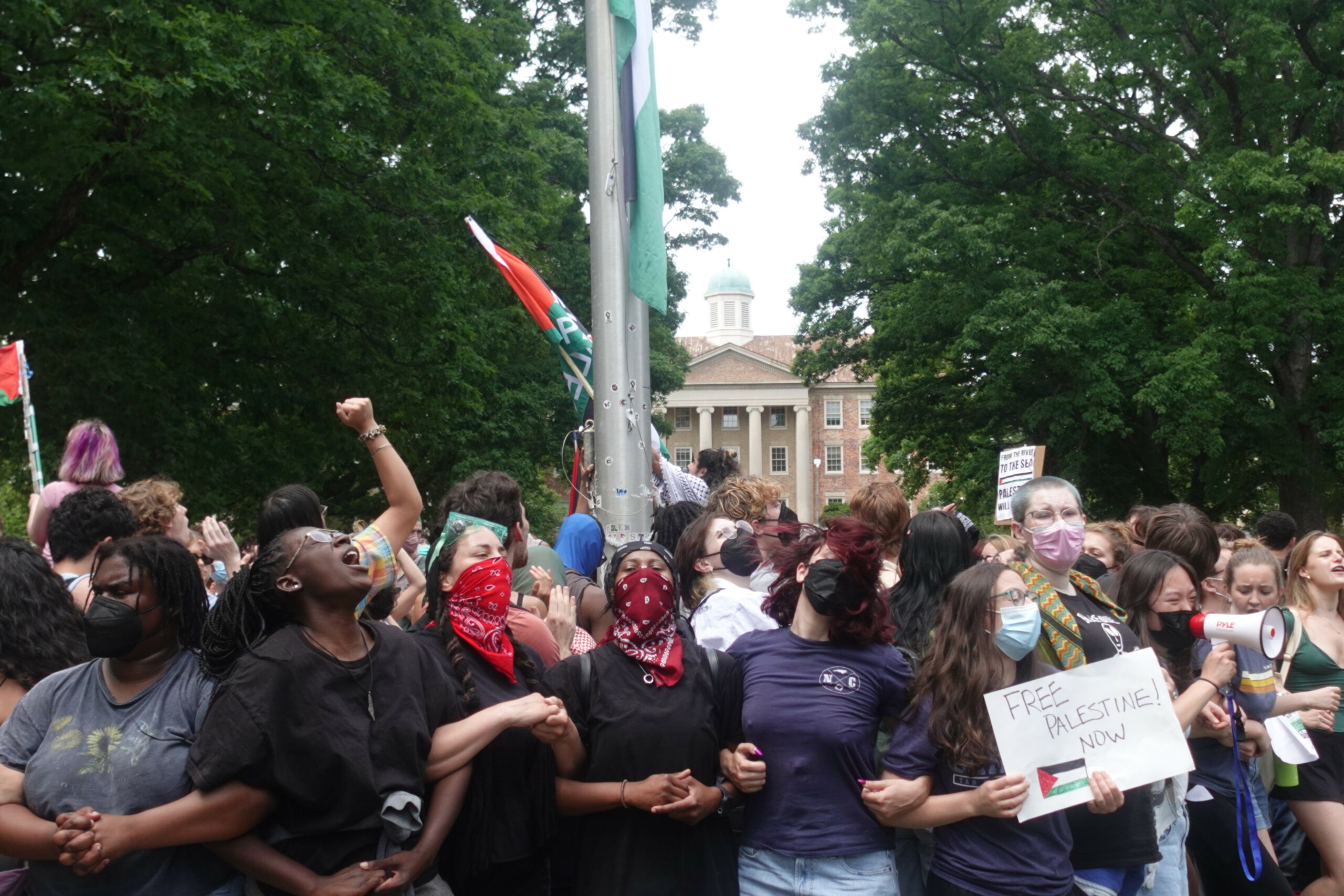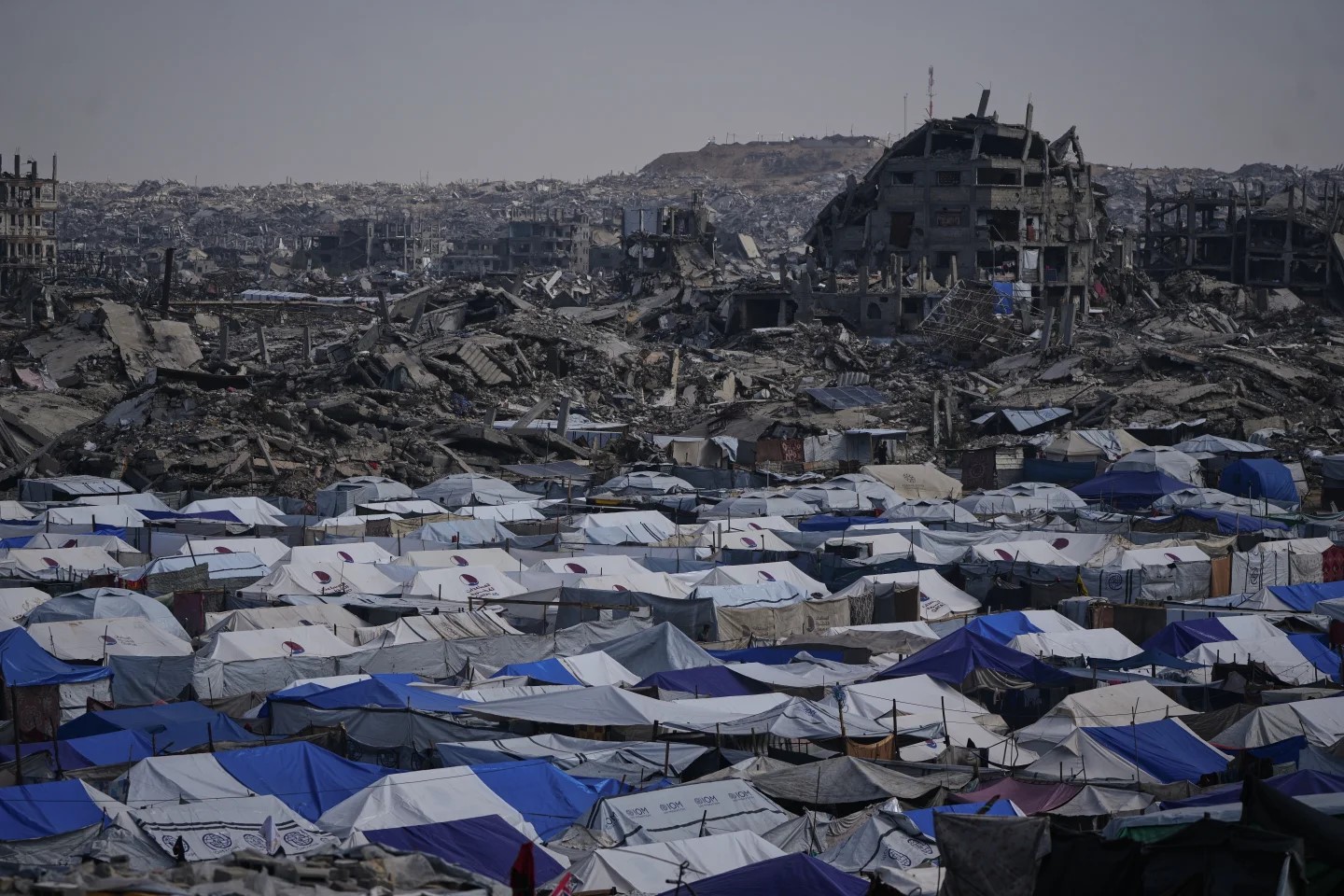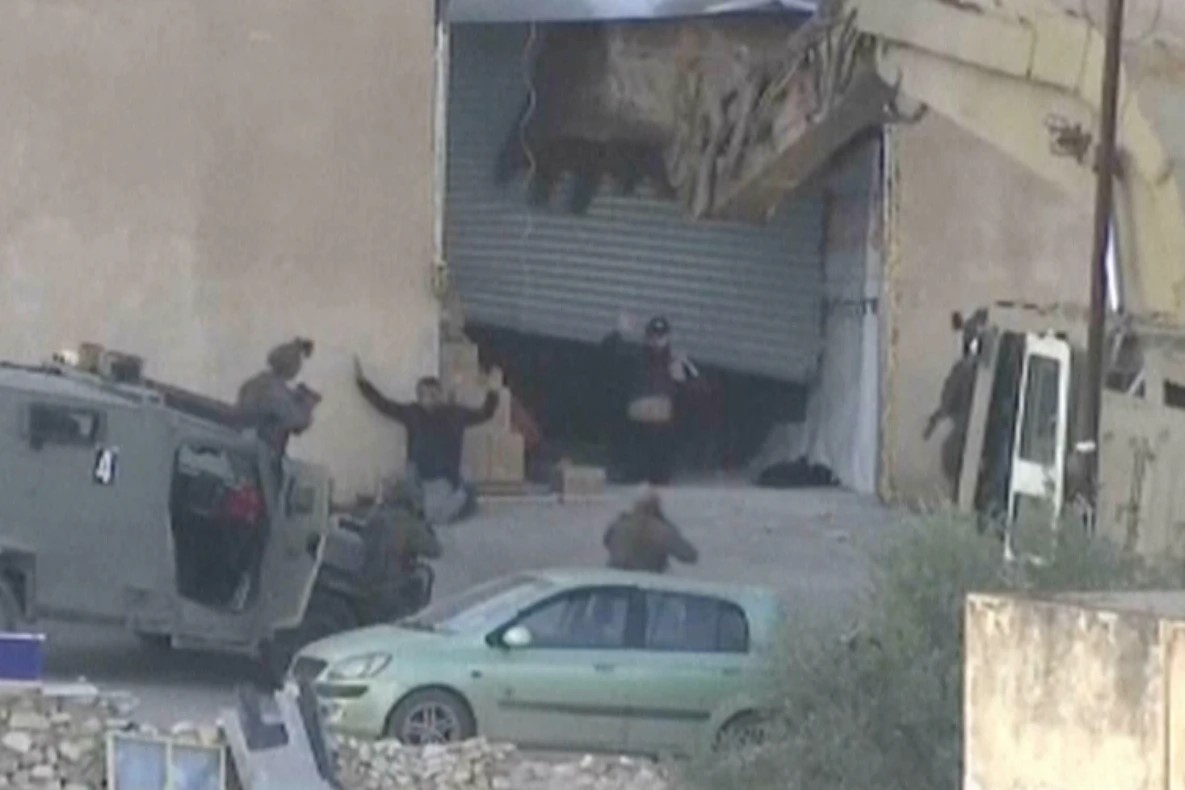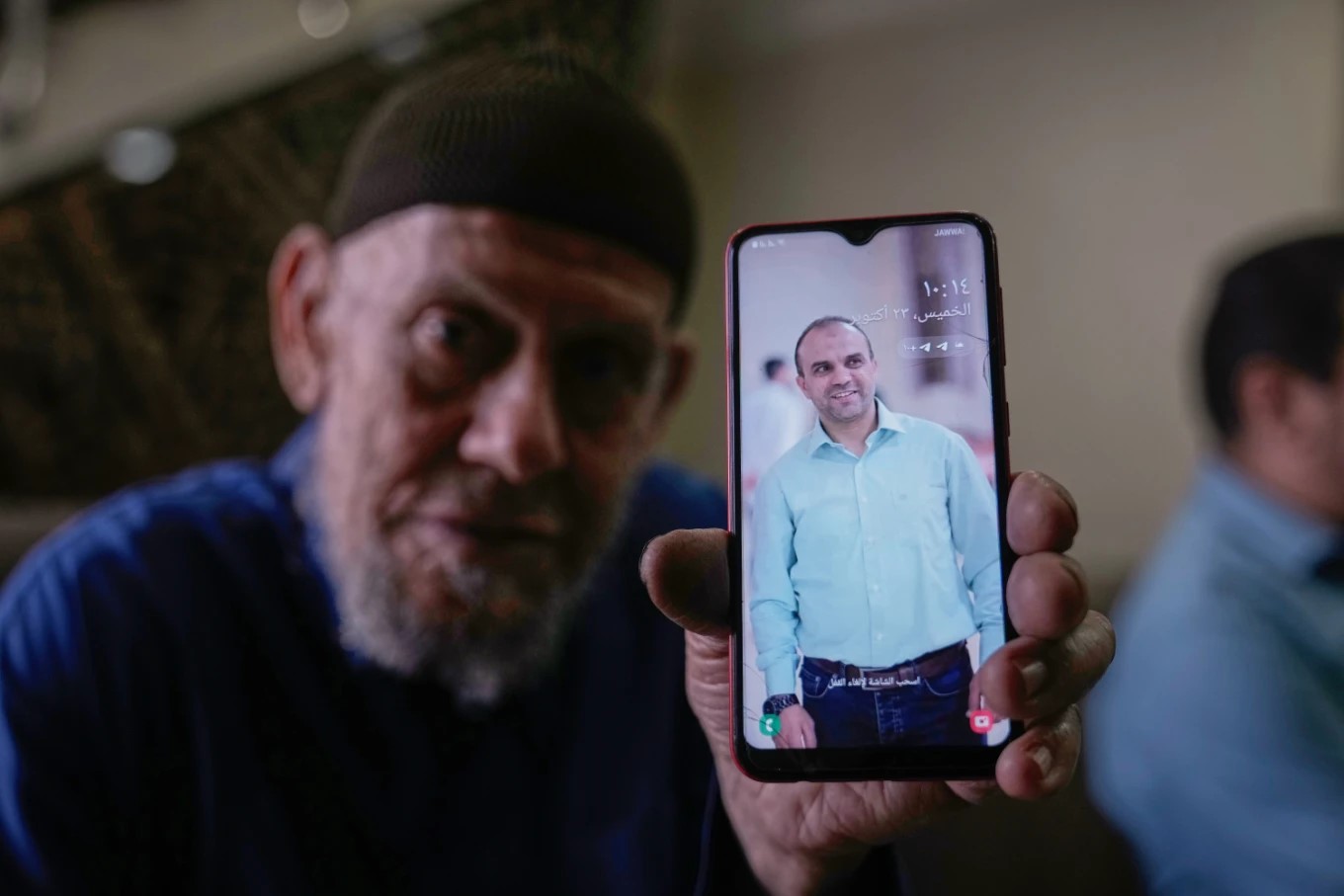Before traveling to Israel last month, UNC senior Ashley Mills had never been on an airplane before.
“We flew from Raleigh to Boston and from Boston to Tel Aviv,” says Mills.
More than 15 hours of flight time and a bus ride later, she and 13 other journalism students arrived in Hukok, Israel, a kibbutz village near the Sea of Galilee. It was their home for almost two weeks as they reported stories from the archaeological dig of a fifth century synagogue for a UNC class.
The dig, which is led by UNC professor Jodi Magness, has unearthed some incredible findings over the last nine years.
“It’s paved with these stunning mosaics,” says Mills. “It’s some of the best-preserved mosaics that have ever been uncovered in Israel. It’s really changing the way we understand Israeli and Jewish history.”
The journalism students’ goal was to report on stories coming from the excavation and about those working on the dig. They used various media – radio, TV, print and photography – to tell their stories.
There was no shortage of challenges for the UNC group, led by journalism professors Charlie Tuggle and John Robinson. Each day, the team had to leave for the excavation at 4:30 a.m. to avoid working in the harsh afternoon heat. They hiked the mile-and-a-half long trek to the dig site, worked until noon with the archaeologists and hiked all the way back with their camera equipment in tow.
Caroline Bass, a print journalism student on the trip, says the reporters didn’t expect the challenge of interviewing the archaeologists.
“When we got to the site,” she says, “we quickly realized the work they’re doing is so intense, there’s not this endless opportunity for an interview. In order to understand why they were there, what they were doing and what they were finding, it took a lot of observing and trying to get into the mindset of an archaeologist, which I don’t think any of us in the class knew much about.”
Junior Gray Hurley did his stories for television news and found similar obstacles.
“With this, an archaeological excavation,” says Hurley, “everyone is doing hands-on work; everyone is working while you’re trying to talk with them. In many instances, they did not want to talk with us. They did not want to stop what they were doing and say, ‘yeah, I’ll answer your questions and feel free to get a shot of me while I’m all sweaty.”
As the trip went on, however, Hurley says the reporters found ways to connect with the students conducting the dig and learned more about the excavation, which helped produce stories.
“If you start to form relationships,” he says, “they’re more willing to talk with you and engage with you in conversations. Especially as a broadcaster, that is something you have to do. You have to be comfortable with your subjects and get them to be comfortable with you.”
The students even got to participate in the dig one morning, which Mills says helped give them some credibility in the archaeologists’ eyes.
“That was a cool learning experience for us,” she says. “I think once we did that, we gained their respect a little bit.”
The students returned to campus to complete their stories and to pitch them to various outlets. Bass says the shared experience of working together not only taught each other about different forms of journalism, but also the importance of the journalism program’s network of reporters.
“I think we’re leaving this trip knowing that there are so many different aspects of journalism to go into, but the point is to tell other people stories,” Bass says. “As journalism students, we’re really grateful for that community that it provides at Carolina. But to also have that in the middle of a foreign country, in ancient Galilee, is very special. We’re very thankful for that, it was a very sentimental experience although it was tough at times.”
The Huqoq excavation project is expected to continue through next summer.


